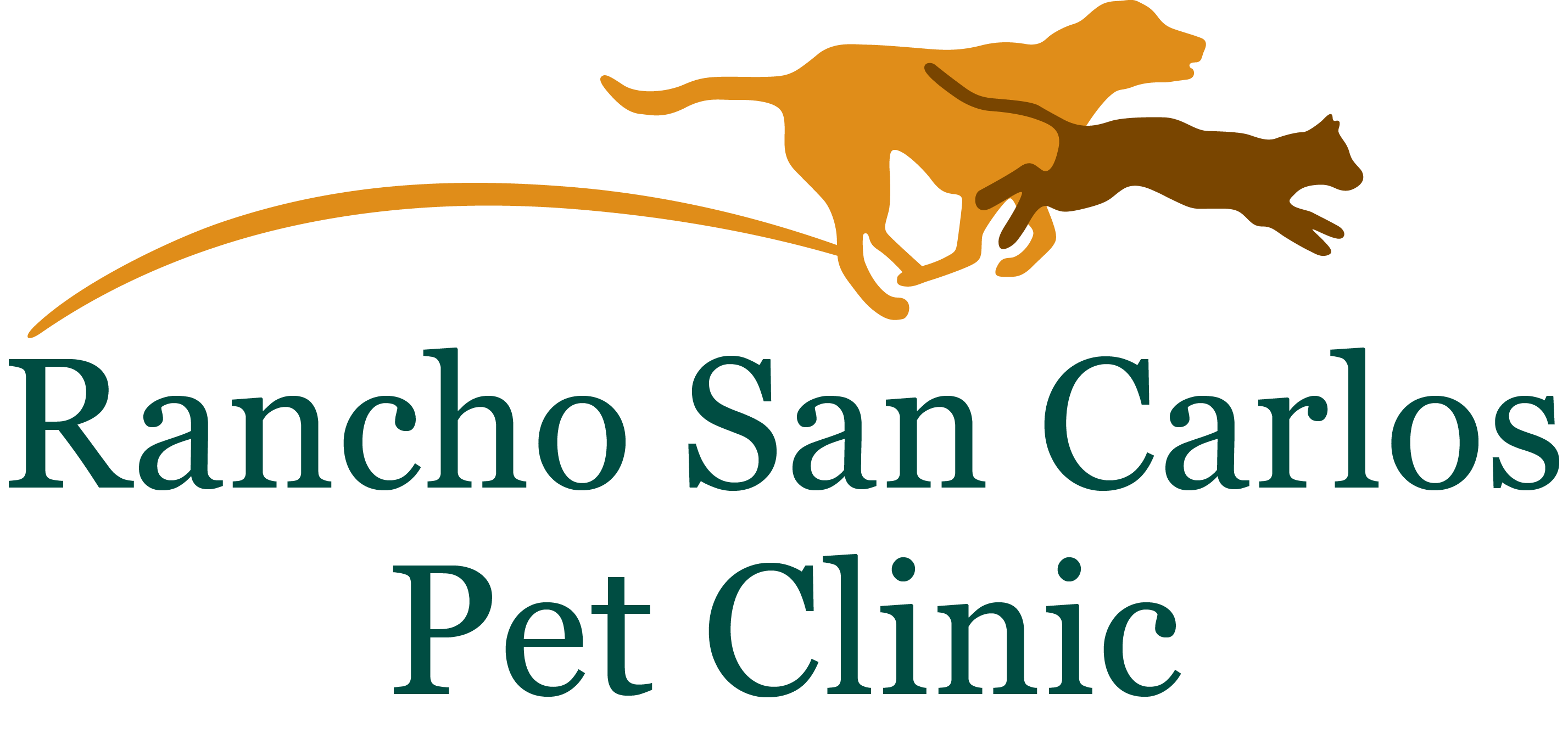Pet Spay and NeuterRancho San Carlos Pet Clinic
Spaying and neutering your pet decreases the chance of certain diseases and pet overpopulation.

Pet Spay & Neuter

Both your pet and the community benefit from spaying or neutering. According to the American Society for the Prevention of Cruelty to Animals, animals who have been spayed or neutered are less violent since their instinct to mate has been removed. After surgery, many undesirable behaviors such as fighting, roaming, spraying, and weeping will disappear, and most pets will become even more affectionate toward their owners. Spaying females protects against breast cancer and eliminates uterine infections and cancer, while neutering males minimizes the risk of testicular cancer and prostate issues.
Traditional Spay
A typical spay involves making an incision on the underside of the abdomen to allow the surgeon access to the uterus and ovaries. Depending on the size and age of the pet, this incision might be anywhere from two to four inches long. The ovaries are then freed from their attachments to the body wall, with the surgeon unable to see what they are doing. A suture is used to close the blood arteries that supply the ovaries and uterus. Finally, many layers of the suture are used to close the abdominal incision. Because the treatment involves a major incision across the abdominal musculature, there is usually substantial swelling and discomfort afterward.
Neutering
This procedure is even less complicated than a spay. Our veterinarian administers an anesthetic to your pet, then creates an incision in front of the scrotum, cuts the testicle stalks, and removes the testicles through the incision. The incision is normally stitched and will most likely need an Elizabethan collar — often known as the “cone of shame” — to keep them from licking the wound during recovery. The incision heals completely in about two weeks, and can resume a regular, healthy lifestyle.
